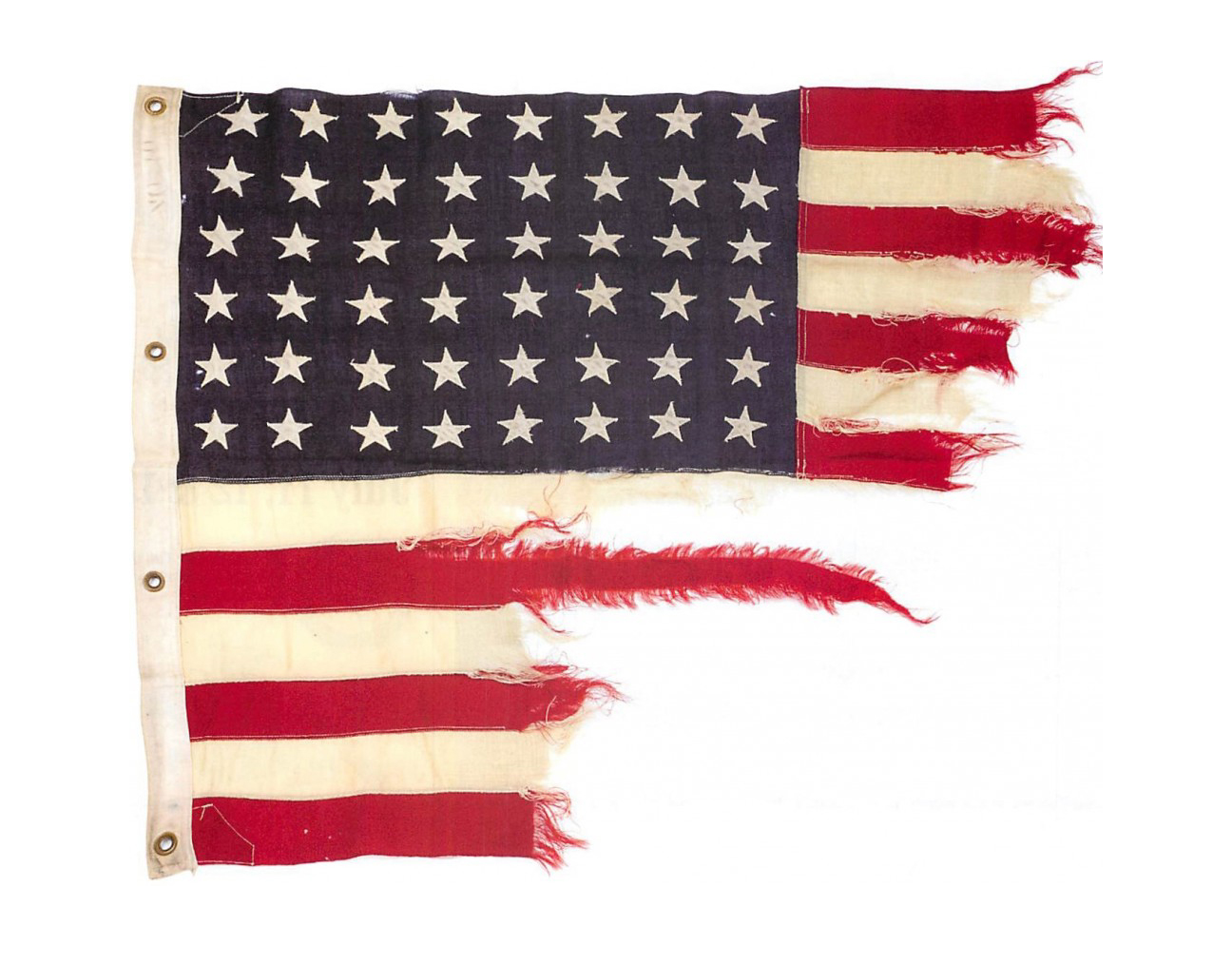Second in a series.
The Battle of Los Angeles
One of the most bizarre events ever to take place in the history of Southern California, or for that matter the whole country, occurred in the wee morning hours of February 25, 1942.
And yet “The Battle of Los Angeles”—as it would come to be called—has remained one of the most misunderstood events in our history, possibly because it turned out that this “battle” was entirely one-sided and because—to this day—no one is entirely sure just exactly what happened. The battle even has a paranormal component to it and has earned its place in UFO lore.
According to the U.S. government’s 1983 publication “The Army Air Forces in World War II,” it all started at about 1:30 a.m. when military radar picked up an “unidentified target 120 miles west of Los Angeles.” The object was reported as “large” and travelling at an “exceedingly high rate of speed.”
Because the attack on Pearl Harbor had occurred only three months earlier, the public’s nerves were already a-jangle. Steel anti-submarine netting, woven from cable left over from the construction of the Golden Gate Bridge in San Francisco, had already been placed at the entrances to Los Angeles harbor. It didn’t help matters either that only the night before the battle, a Japanese submarine had surfaced off the coast of Santa Barbara just long enough to lob a few artillery shells at the Ellwood oil storage facility doing a modicum of damage.
Fearing that this may be the start of an expected Japanese attack on the West Coast, the U.S. Army put its anti-aircraft batteries around the Los Angeles area on high alert.
At 2:15 a.m., a city-wide blackout was ordered in the Los Angeles area. Shortly after that, when the object would have been in the vicinity of Catalina Island, the unidentified target “vanished” from the radar.
At a few minutes past 3 a.m., AAA batteries fired four shots into the air in response to several accounts of local residents reporting a “large object” over Santa Monica airspace. Those first salvos were all that were needed for the rest of the batteries in Los Angeles to erupt like a volcano.
For the next hour, pandemonium reigned and artillery shells rained as AAA fire lit up the sky in an effort to destroy the “enemy planes” that a number of people claimed to have seen. When it was over and the smoke had cleared, no one was quite sure what had happened nor, despite the radar blips, if there ever had been any objects in the sky at all.
The only damage from the event occurred from friendly fire in the form of shrapnel from the falling AAA shells. Several buildings were destroyed in the maelstrom and six civilians were killed outright or died of heart attacks attributed to the event.
I remember talking with my grandmother about the event many years ago, an event she remembered well. The streets all over the Los Angeles were littered with shrapnel. They lived in Alhambra at the time where my grandfather was a Civil Defense block warden and Prudential Insurance agent. I’m sure the event created a mountain of paperwork for him.
The UFO component only began to emerge in later years, since it was something that probably wouldn’t have occurred to anyone in 1942. It was never determined what the large object was that had been initially sighted and skeptics later wrote it off to radar malfunction or possibly the presence of a weather balloon.
But ufologists (those who study UFOs) have long hypothesized that the “object” sighted—and fired upon—in the early morning hours defied any earthly explanation and that the “craft” may have simply been extraterrestrials curious to take a peek at this new global conflict underway amongst the earthlings.
After the war, we learned that while the Japanese had indeed been planning a limited attack on the Los Angeles area, they apparently had nothing to do with the Battle of Los Angeles. We learned that on Christmas Day 1941 the Empire of Japan had actually come within hours of a low-level attack on the city of Los Angeles. But by February of 1942 they had cancelled their plans and withdrawn many of their submarines from the West Coast.
As far as the residents of Catalina were concerned, the war was now in full swing and life on the Isle of Romance for the duration of the war would be anything but business as usual.
Next Week: The Homefront











